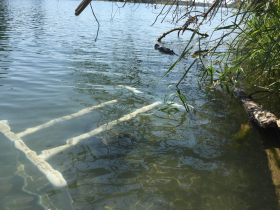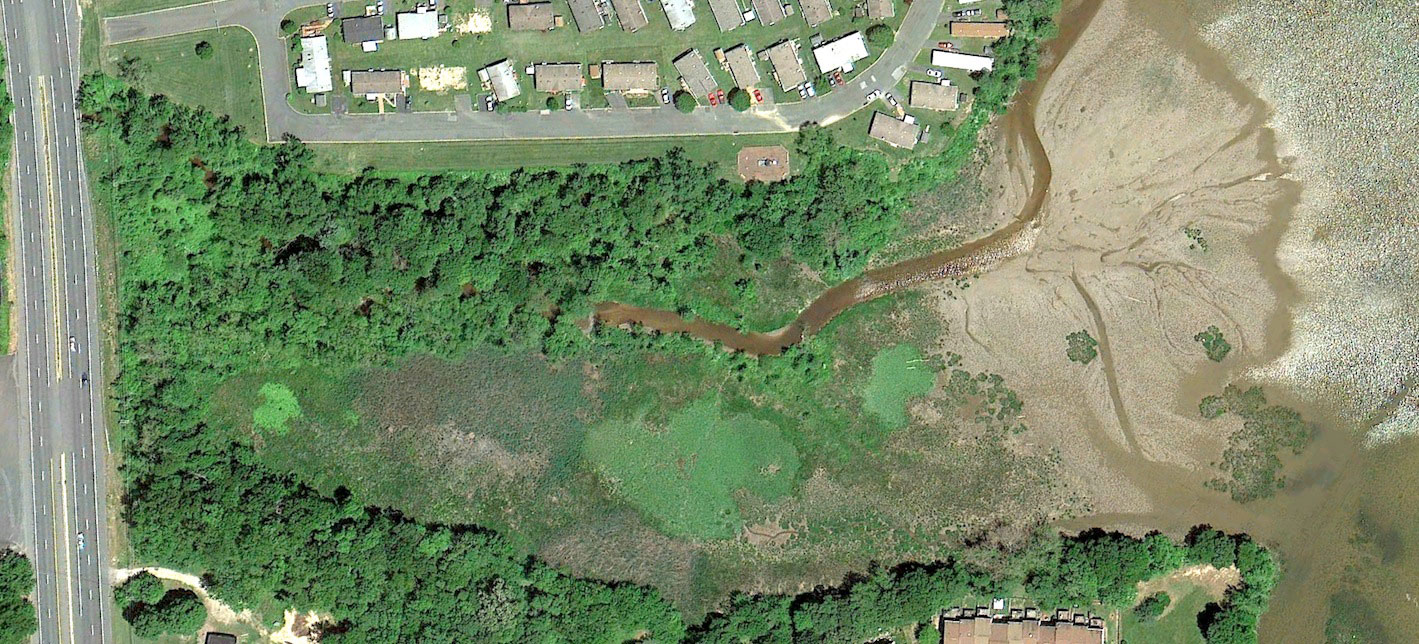Salmon Migratory Habitat

Participants
Sean M. Luis, Gregory B. Pasternack
Background
This project involves the investigation of physical (non-olfactory) drivers of straying behavior in adult Chinook salmon using tools and techniques in the field of ecohydraulics. For decades, fisheries scientists have been studying the role that olfactory cues play in the migratory behavior of anadromous fish. However, studies on straying behavior in salmonids (adults returning to spawn in non-natal stream reaches) have noted that there are likely other environmental cues besides olfaction that influence migratory navigation as adults progress upstream through a watershed. In the case of hatchery-origin individuals, juvenile release strategies may limit olfactory imprinting in early life stages, forcing those individuals to navigate by other means when they return to spawn as adults. A natural “background” rate of straying is difficult to identify, but appears to be approximately 5-10% in a Pacific salmon population. In California, however, stray rates have been shown to be much higher depending on hatchery release practices. As we see in California, this can be problematic when it leads to genetic introgression between hatchery-origin and imperiled wild-origin fish.
Project Summary
Fall-run Chinook salmon escapement data for the Feather and Yuba rivers in northeastern California have indicated patterns of Feather River hatchery-origin fish entering the Yuba that appear to be largely driven by discharge magnitude and temperature ratios between the two rivers. This study examines the confluence of the Feather and Yuba Rivers and asks the following two questions: (1) Are migratory behavioral cues at the Feather/Yuba confluence driven by flow and temperature ratios between the rivers, which are primarily controlled by upstream flow regulation? (2) Are migratory behavioral cues driven by physical microhabitat conditions (velocity, depth, temperature) that are primarily controlled locally within the confluence region itself? To address these questions, we are collecting geo-referenced observations of adult fall-run Chinook migrating past the confluence using a dual-frequency identification sonar (DIDSON) and aerial imagery captured using a moored helium balloon. We are then comparing the behavioral observations to depth and velocity maps generated using a 2-D hydrodynamic model of the confluence under variable discharge scenarios, as well as temperature maps using an array of temperature loggers deployed during the fall-run Chinook migration window. The goals of this analysis are to: 1) identify the physical (hydraulic and thermal) characteristics of preferred migratory “microhabitats” (1m2 scale); 2) understand how microhabitats are distributed in space and time within the confluence as a function of discharge in the two rivers; and 3) simulate Feather/Yuba confluence conditions that occurred in years with high rates of straying to characterize the extent to which discharge and temperature may have played a role in those events.
Collaborators
California Department of Fish and Wildlife, Pacific States Marine Fisheries Commission


